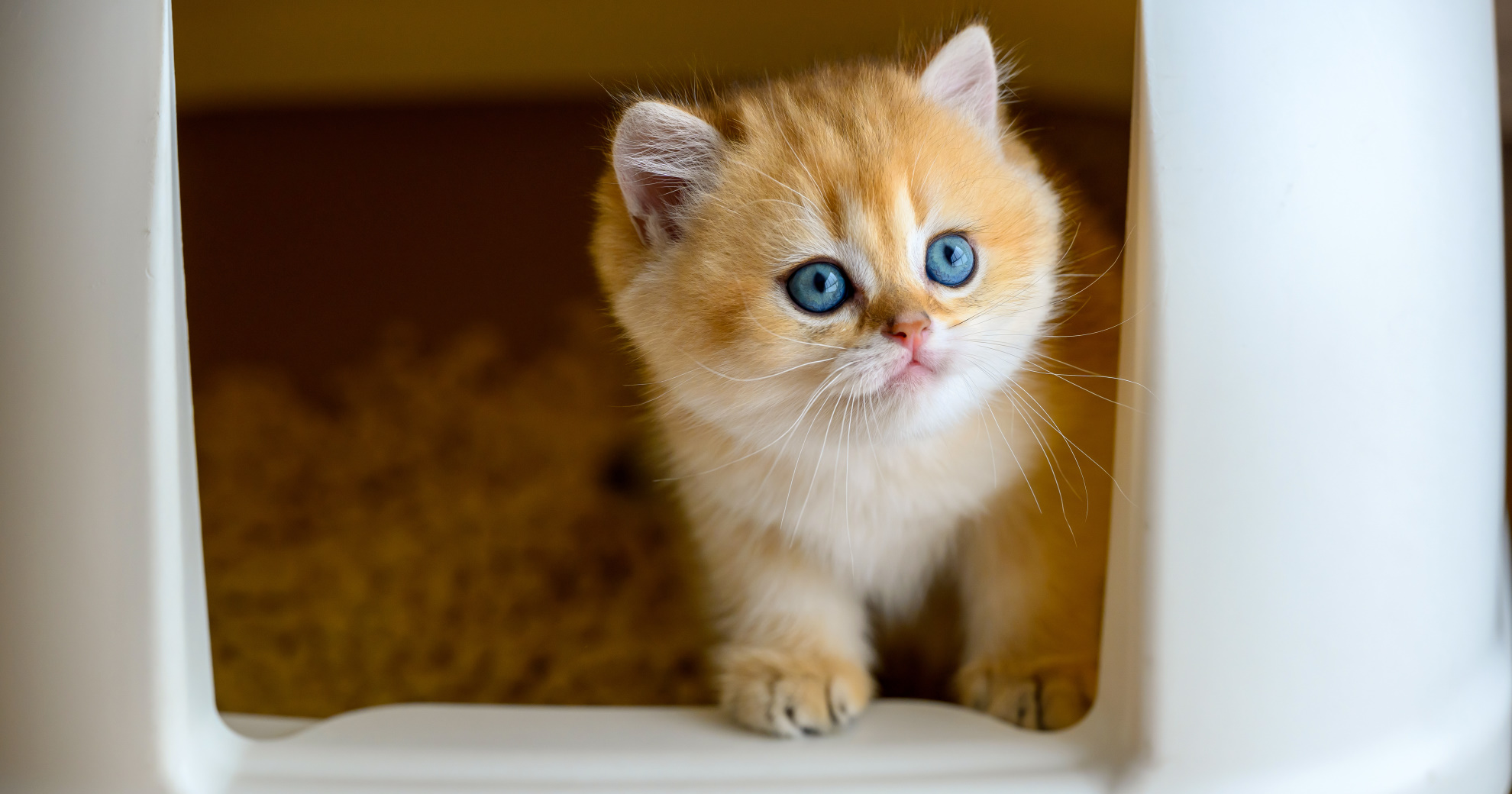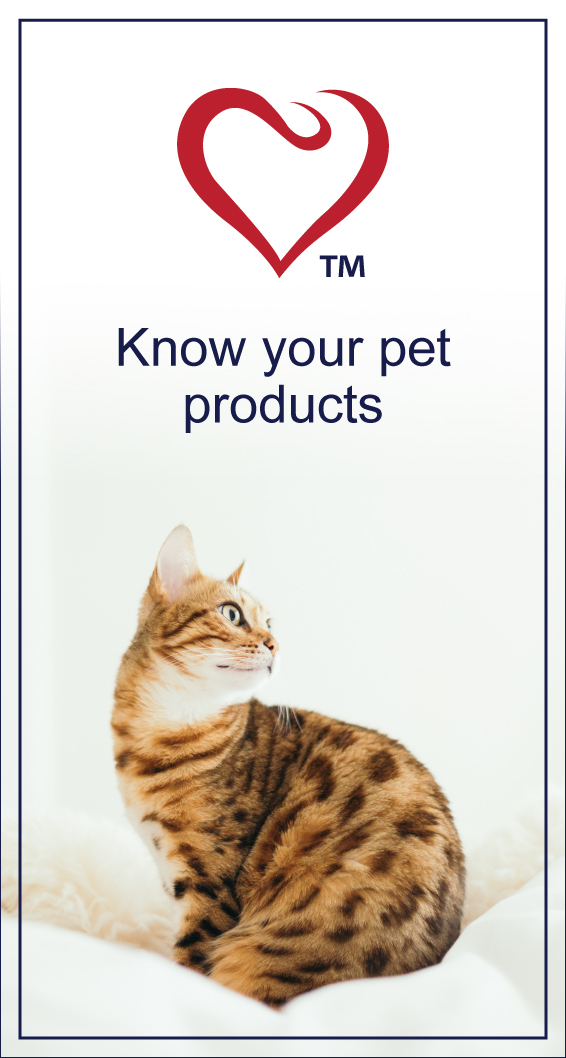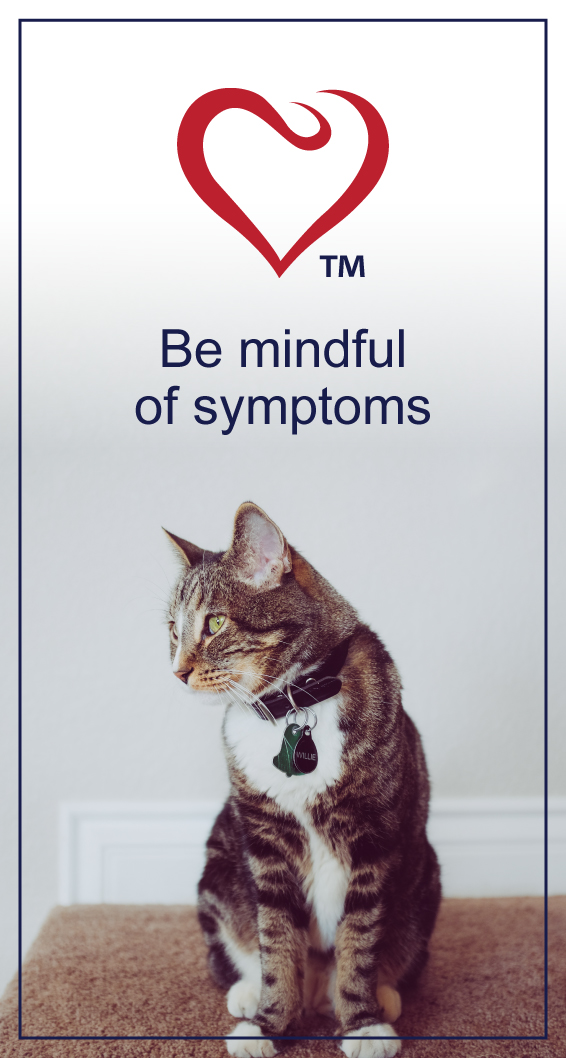
TRENDING

We’re excited and honoured to feature South Africa’s second largest independent animal welfare organisation on PetlifeSA.
Cats And Strange Litter Box Habits

The primary reason why cat owners surrender their beloved feline companions to animal shelters is due to strange and objectionable litter box habits.
Considering the lingering aroma of cat deposits, doing their business outside their litter box can drive owners over the edge with annoyance. Often, this is because we lack a proper understanding of our cats’ needs and, feeling overwhelmed, reject them. However, with a bit of additional effort from the owner’s side, these peculiar litter box issues can be effectively addressed and resolved.
Cats with any of a variety of problems exhibit these behaviours:
- They miss the box and urinate next to it.
- They urinate on your belongings, such as laundry or clothes left on the floor.
- They urinate on walls or furniture.
- They trail litter when they leave the box.
- They cry out when they urinate.
- You’ve noticed them repeatedly entering and exiting the litter box, producing small amounts of urine or none at all.
The first few points are rooted in cat psychology while the last two indicate serious health conditions that need a veterinarian’s attention.
So, it’s crucial to understand that if your cat isn’t using the litter box correctly, they’re not being naughty. They’re trying to communicate something to you.
REASONS FOR ODD BEHAVIOUR
Medical Causes: Urinary tract diseases can cause inappropriate urination.
Behavioural Causes: Stress and anxiety can influence their urinating habits. Changes in routine, such as a new household member or new accommodation can lead to toilet changes. “Marking” spots in the house with their urine sets their territorial boundaries.
Litter Box Issues: Cats may also change their toilet habits if they have problems with their litter box. They may not like the type of litter material, the litter tray, or where it is located.
Ideal litter boxes and litter
It’s recommended to maintain a minimum of one litter box for each cat in your home, along with at least one spare. This is crucial as cats can exhibit selective behaviour towards litter boxes due to various factors. These can range from turf disputes with other cats in the household, to disturbances from nearby appliances causing noise or distractions, or even specific preferences such as using one box solely for urination and another for defecation.
The rule of thumb for sizing a litter box is that it should be approximately the same as the length from the cat’s nose to the tip of its tail, and as wide as your cat is long with its tail down. This usually equates to about 45 x 36cm (17.7 x 14.2 inch). If your injured or elderly cat has difficulty moving, a litter tray with a lower entry point is a good option.
While we may find perfumed litter preferable to the smells often emanating from litter boxes, the more natural solution is to clean the box every day.
High sides or low sides?
Certain cats prefer litter boxes with low sides over ones with high sides. If your cat tends to eliminate outside the box, but close to it, a low-sided box might be a good solution. This could be particularly helpful if your cat has arthritis, which can make entering a high-sided box painful. This is especially relevant for older cats, as arthritis is common in senior felines, even though they may not always show signs of discomfort. A low-sided box can make it easier for your cat to enter and exit. These types of boxes, which can also be disposable, are ideal for kittens as well. For cats that tend to spray near the box, a higher-sided box could be a more effective solution.
Covered boxes?
It’s a common preference among pet owners to use covered litter boxes. They serve the dual purpose of containing the litter when the cat’s scratching gets a bit too enthusiastic and also help to control the odour. Although we humans might favour a litter box with a cover, most cats would rather not have them. This is because they want to keep a wary eye on their surroundings while they’re vulnerable when using the litter box. Cats are also meticulous about personal cleanliness – they don’t want to use a stinky litter box.
Messy cats
For cats that tend to scatter litter while digging, or for those that leave a trail of litter behind them, there are a few solutions. You can place mats specifically designed to trap litter in front of the box. Alternatively, you can put the litter box inside a larger plastic bin, similar to the ones used for storing gift wrap.
Caring for a cat with strange litter box etiquette can be a real challenge for even the most loving of owners. Hopefully, this article will point the way toward a happy outcome if your home is troubled with any of these issues.













